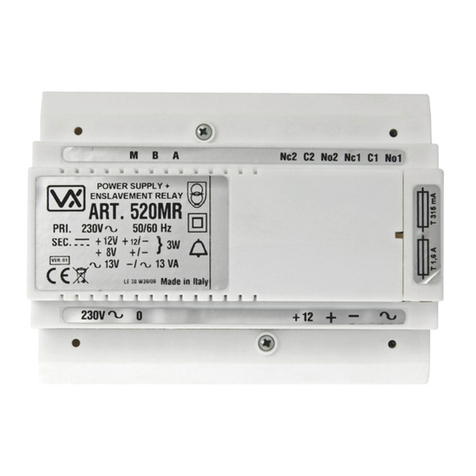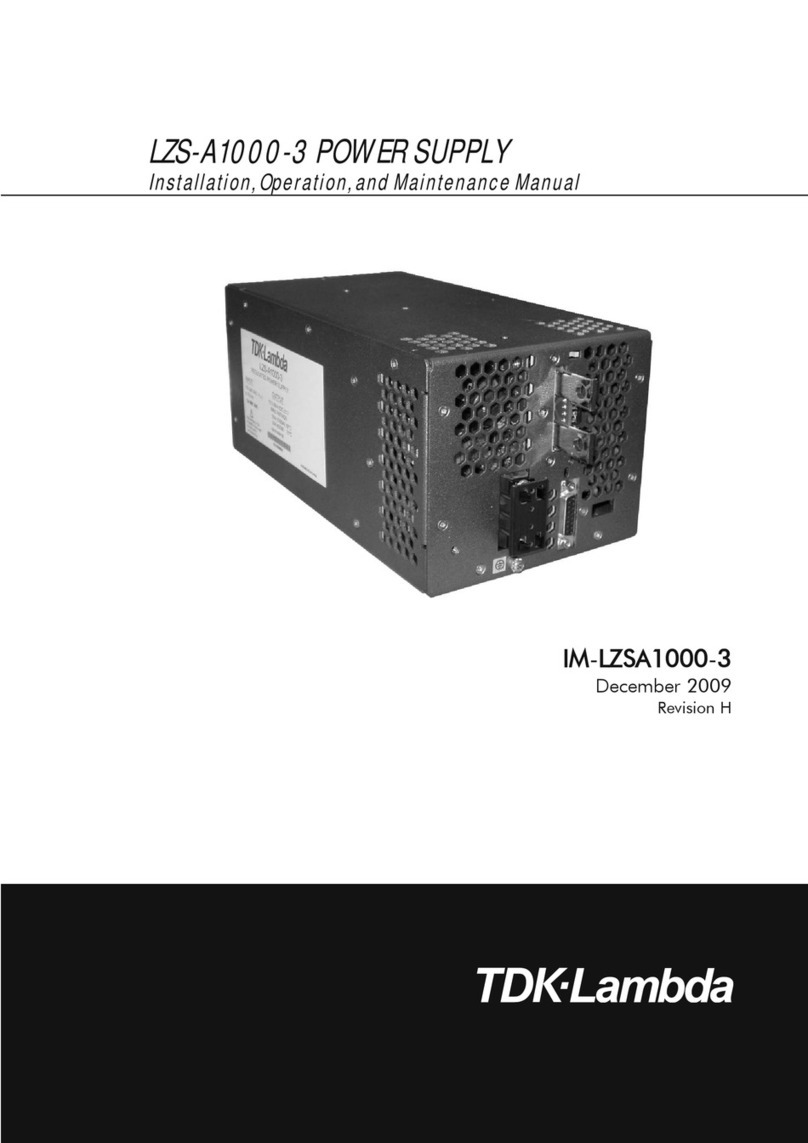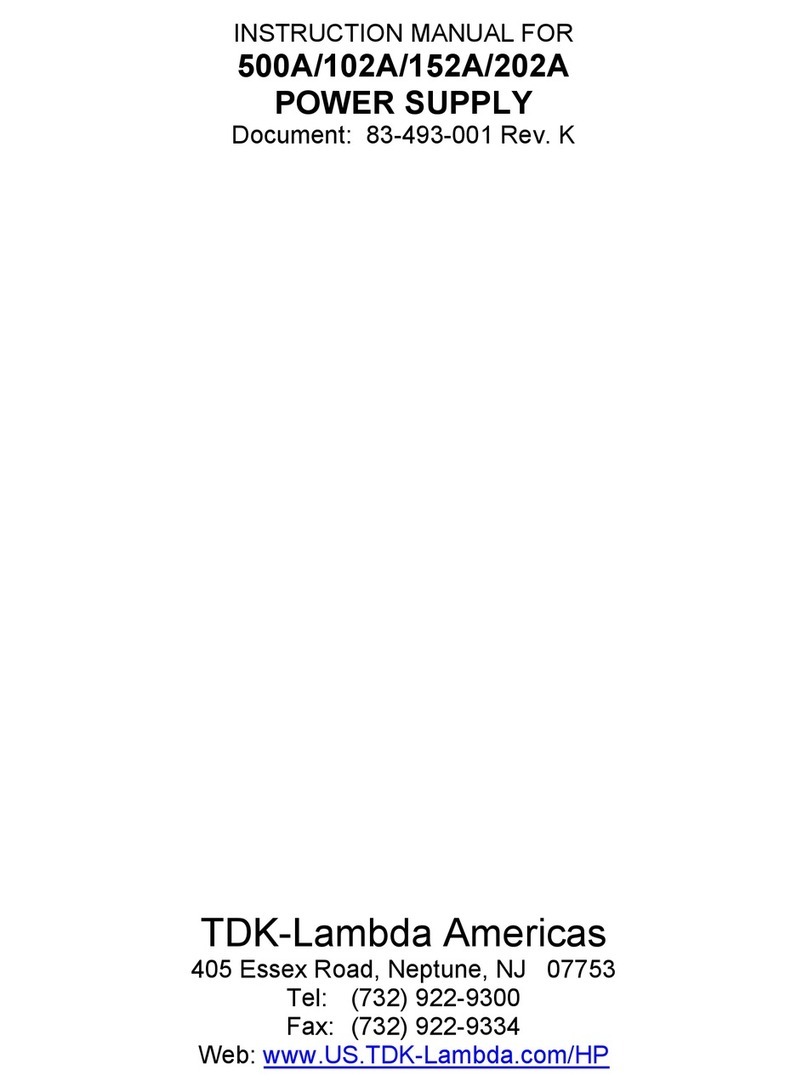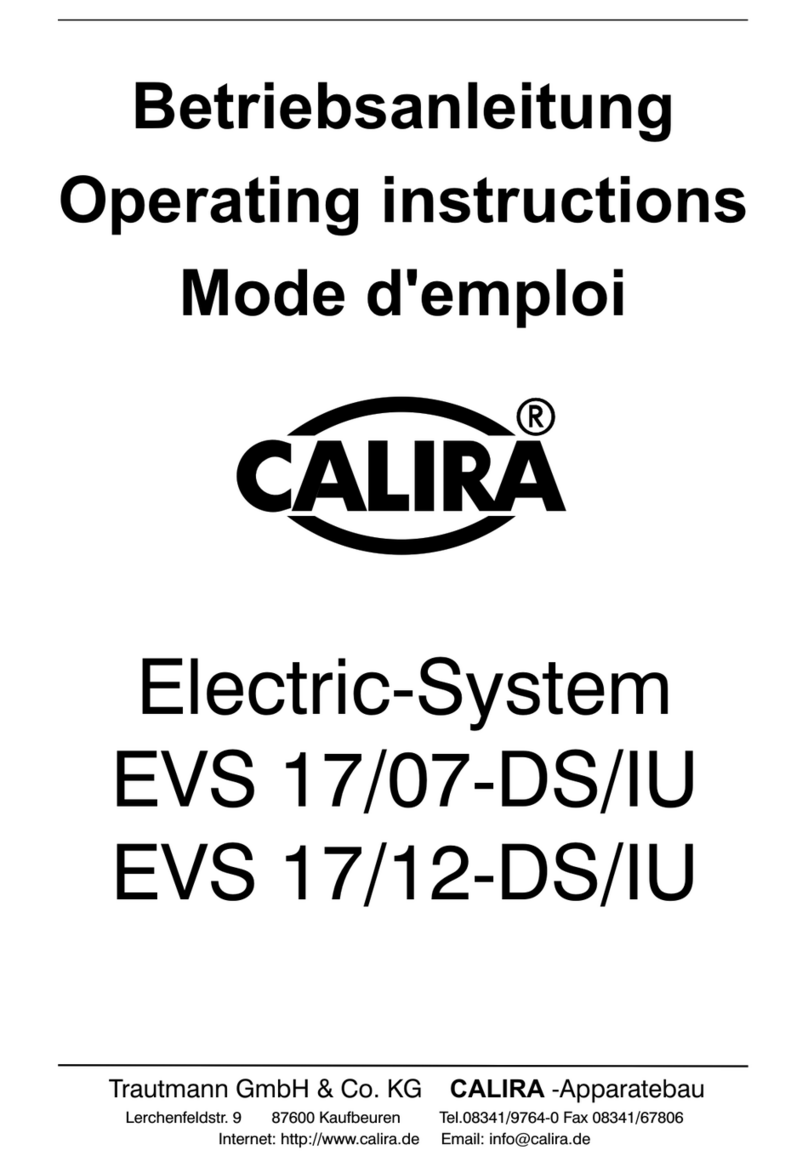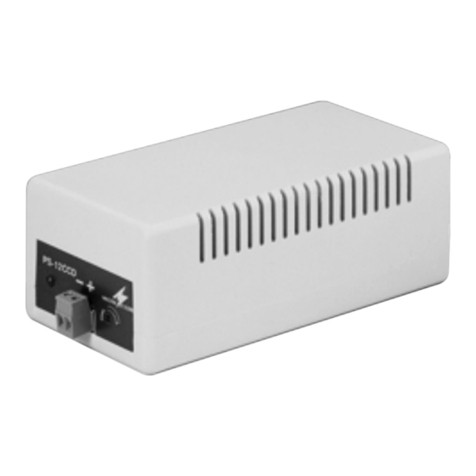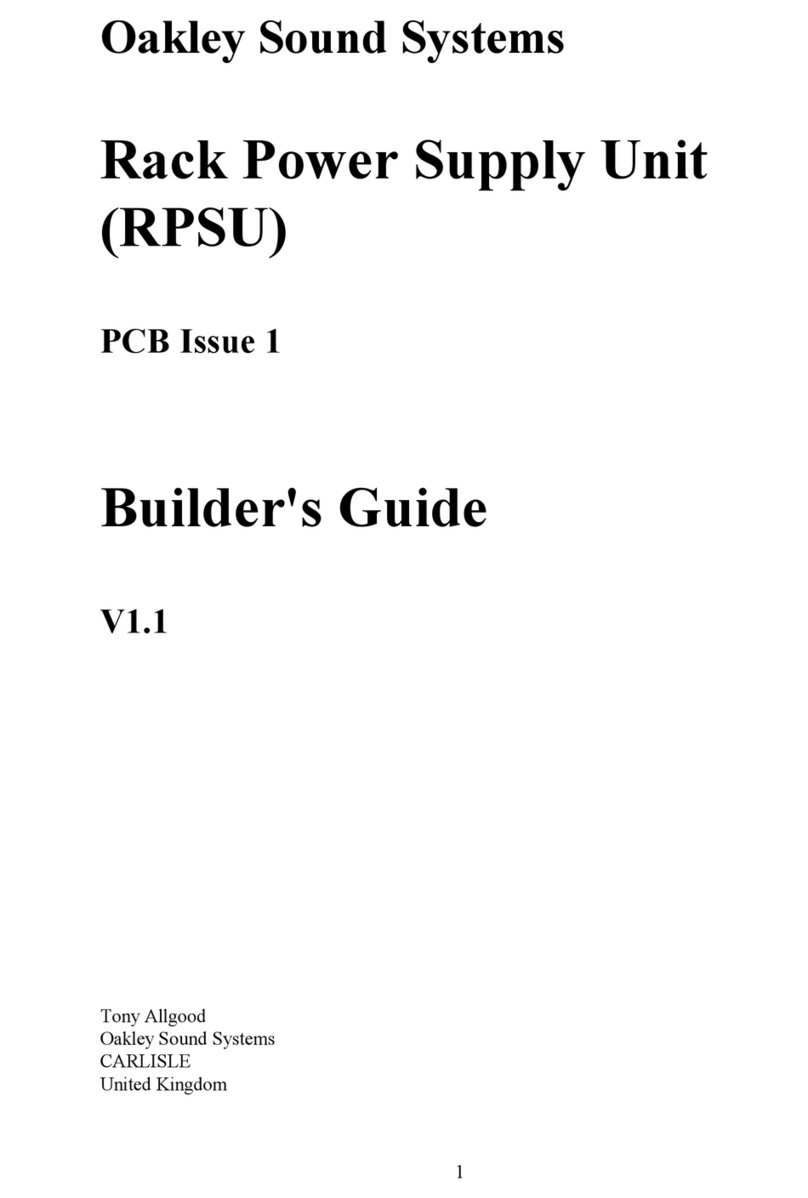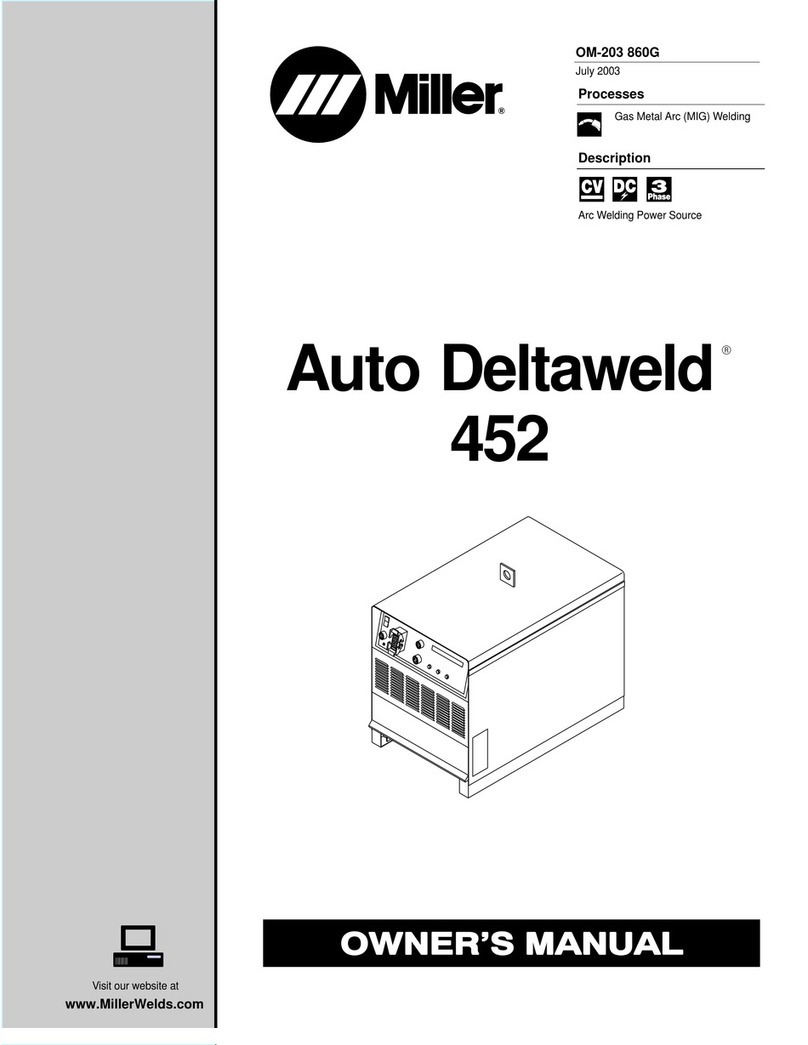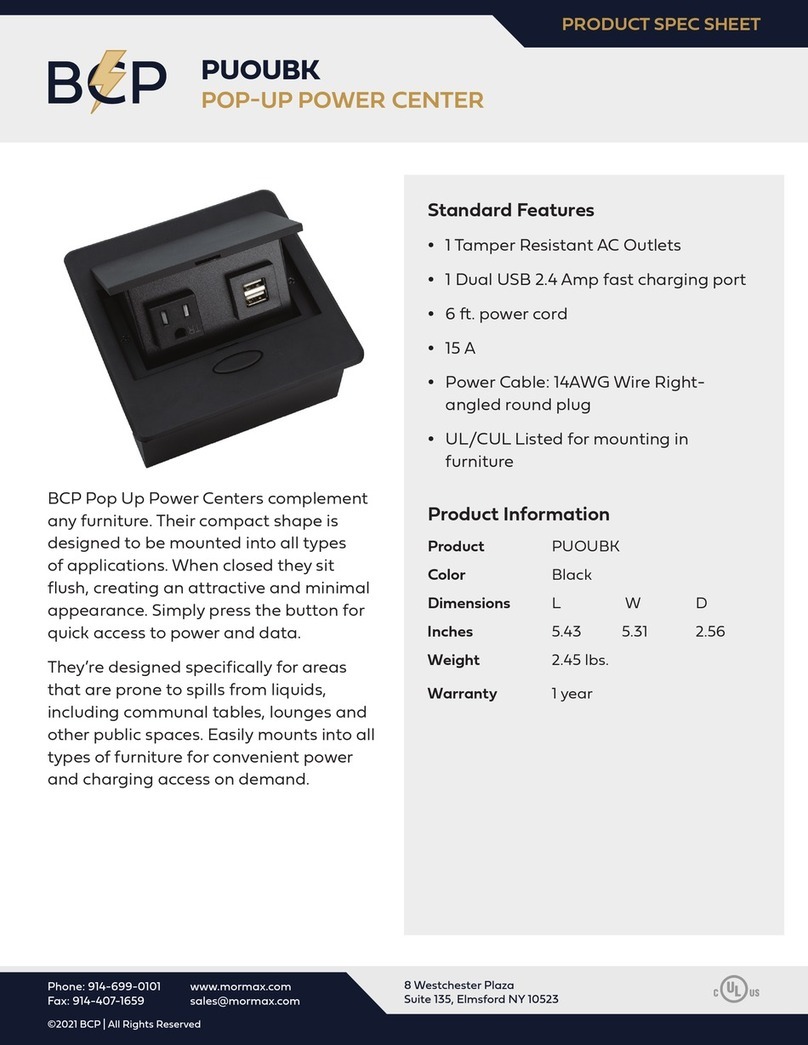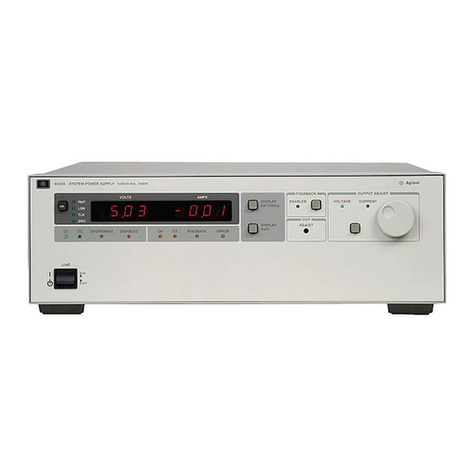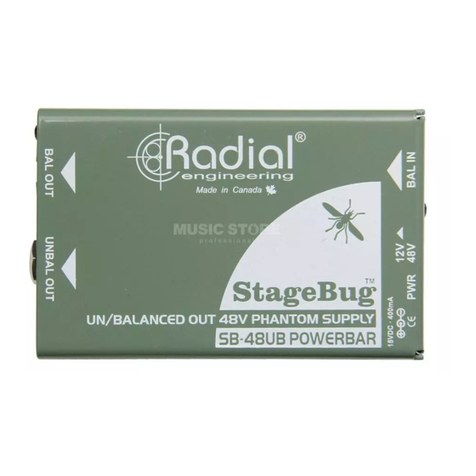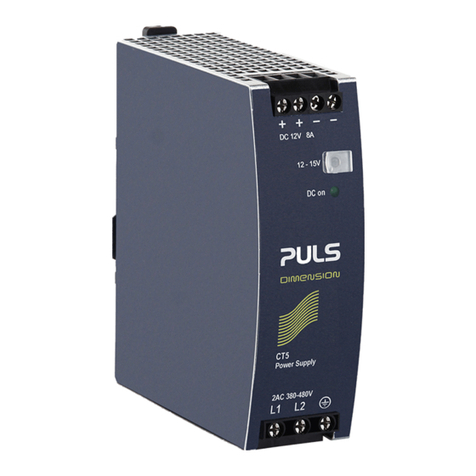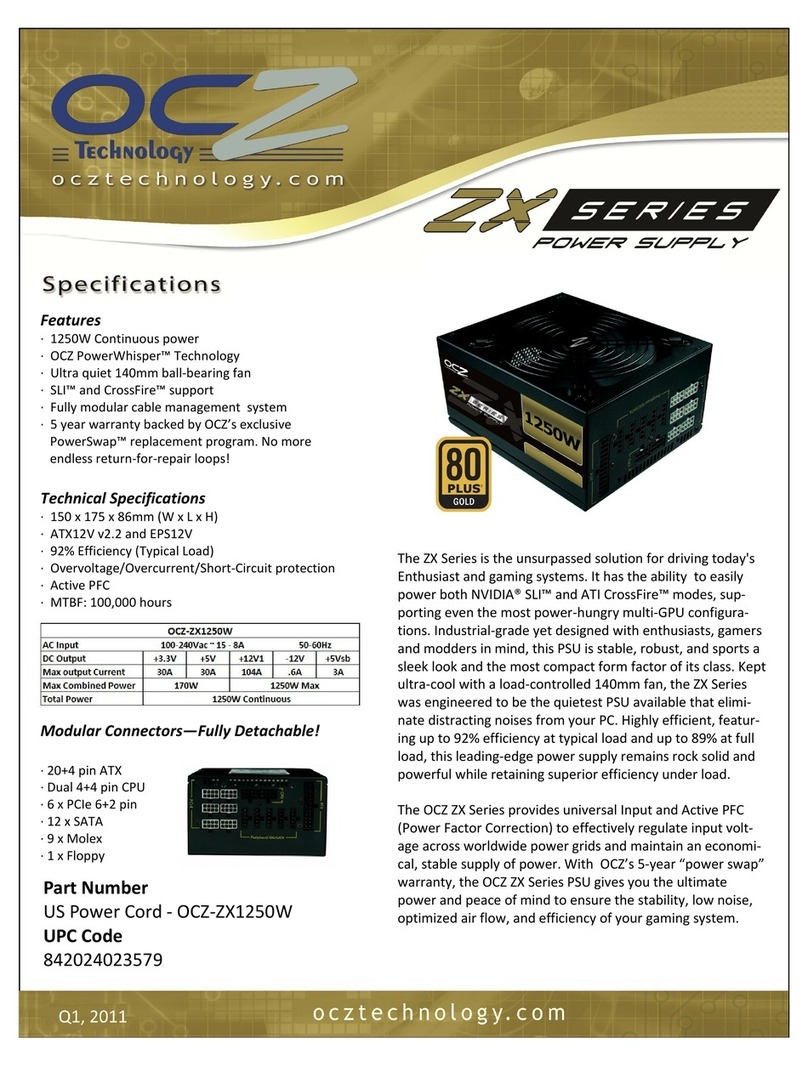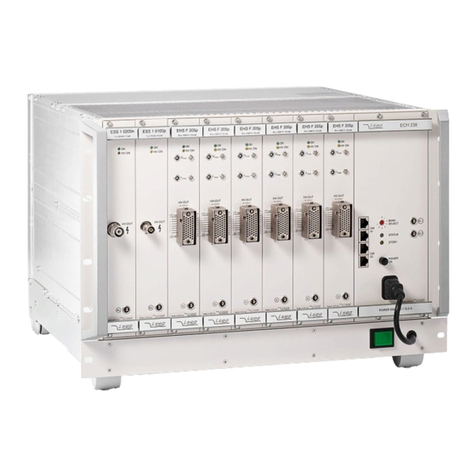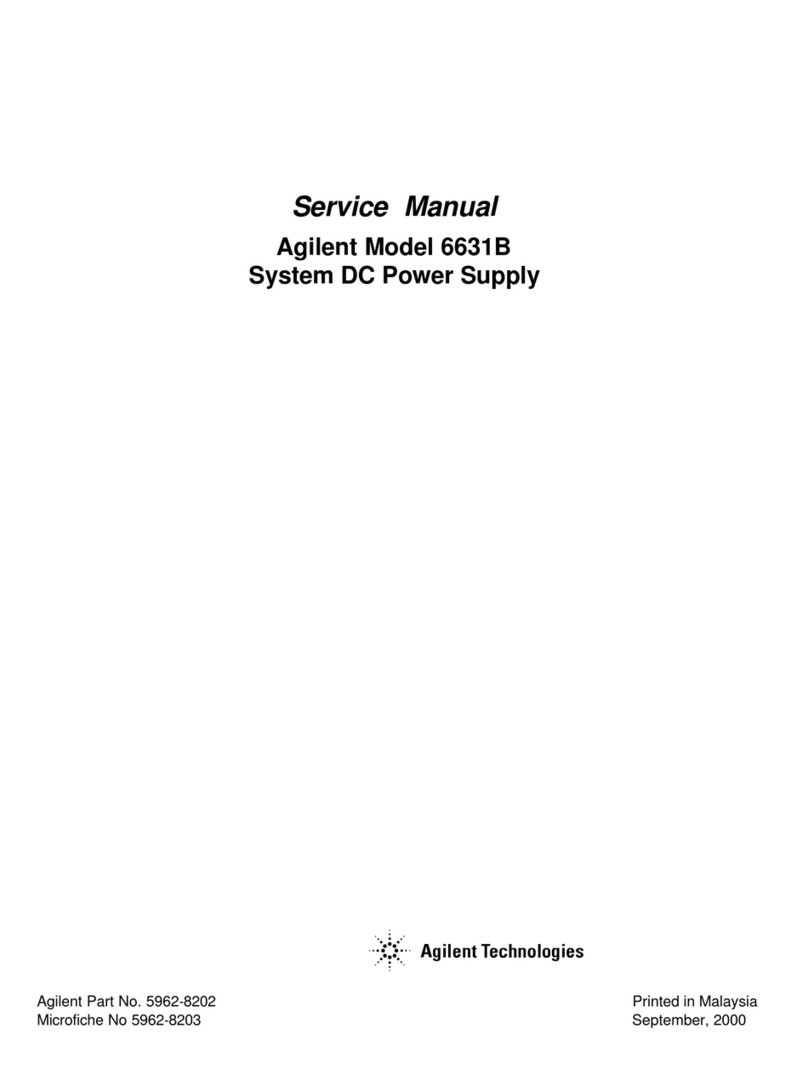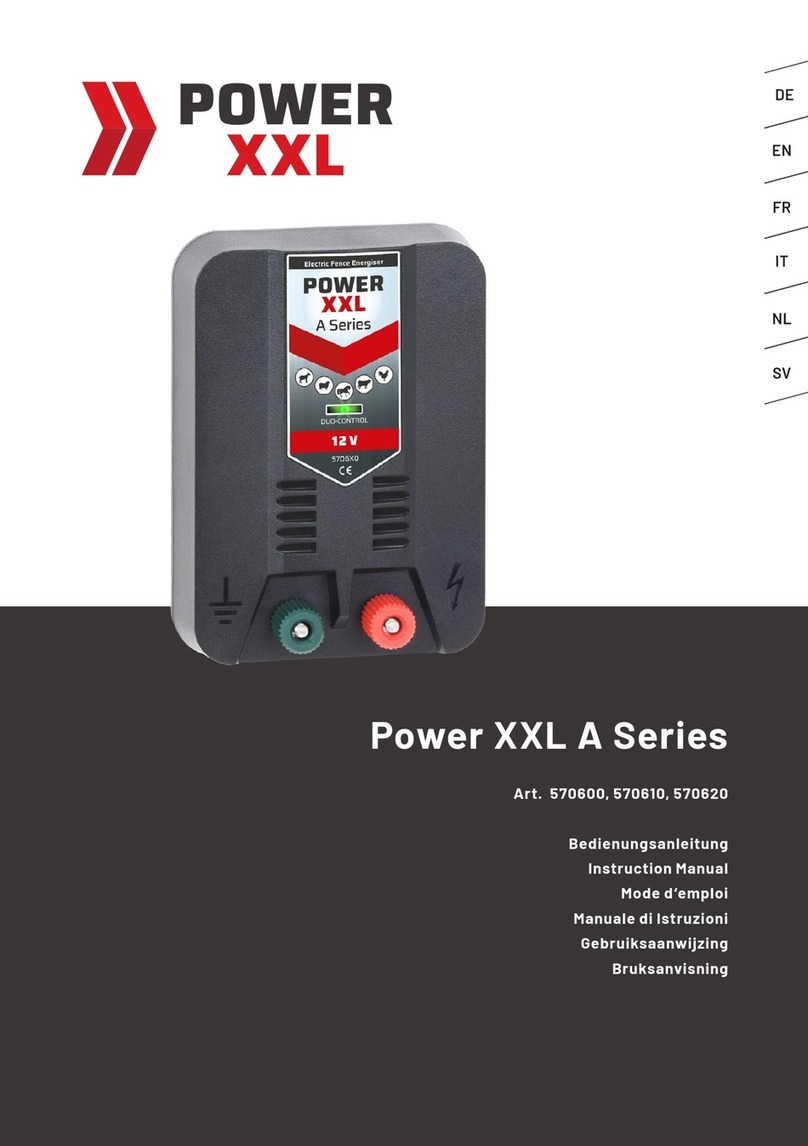PA-30 will allow up to 780mA (0.78A). Remembe though you can't use a PA-30 with the 3U
maste panel and expect to d aw 0.78A out of it without the panel getting too hot. If you a e
using the 3U maste panel then you should d aw no mo e than 0.52A pe ail.
If you a e using a 500mA (o 0.5A) AC wallwa t* then the most cu ent you can take f om
this powe supply module is 125mA f om each ail. That is, take no mo e than 125mA f om
eithe the +15V supply o the -15V supply. Most Oakley modules take a ound 20 to 30mA
each f om both the +15V and the -15V ails. That means you should est ict you self to
d iving a maximum of five o six synthesise modules in you system if using 500mA wallwa t.
Howeve , you must emembe that some modules may take mo e that 30mA. So check with
the module's Use Manual o webpage to see how much cu ent each one takes.
Va ious companies make linelumps** with a g eate capacity than 500mA. If you can get a
1A output one than this will be able to d ive up to 250mA pe ail.
Some linelumps, like the Yamaha PA-20 and PA-30, use a split AC output o a cent e tapped
AC output. This means it has th ee wi es coming f om it and will use a diffe ent plug f om the
usual ound ba el one you see on the single phase AC wallwa ts. Single phase mains adapte s
have only two wi es coming f om them so they can use a simple connecting plug.
The Oakley PSU is ecommended to be used with full wave ectification. This allows it to
utilise split AC outputs ve y effectively. The Yamaha PA-20 supply is ated to give an output
voltage of 35Vac (with a cent e tap) at a load of 0.94A. Once ectified and smoothed this
means that a maximum cu ent of 0.52A can be d awn f om the PA-20.
Two sets of sc ew te minal blocks a e p ovided fo connecting the low voltage AC powe
sou ce to the boa d and the optional powe switch. If you a e using a single phase wallwa t to
powe the PSU module than you need only to use two te minals pe te minal block.
The boa d has fou mounting holes fo stable placement onto you modula case. Ca e should
be taken so that the boa d's va ious boa d mounted components do not come into contact with
any pa t of you modula 's enclosu e. One of the holes, the bottom ight hand one, is
connected to the g ound pins of the two output te minals via a ' esisto ', R13. In most
situations R13 is a wi e link thus ensu ing that the panel the PSU module is fitted to is
connected to 0V o g ound of the powe supply.
The powe supply has two integ al fuse holde s in case of a p oblem with the powe supply
ci cuit y itself. Two fuses a e needed if you a e using full wave ectification, but only one, F2,
is equi ed fo o dina y half wave ectification. The fuse type should be a slow blow o anti-
su ge type. The size is 20mm. It should be ated at between one and two times the maximum
cu ent of you wallwa t. Thus a 500mA AC output mains adapte should have a fuse that is
ated between 500mA and 1A, ideally 750mA. A 1A linelump should have a fuse that is
between 1A and 2A, ideally 1.5A.
Th ee on-boa d LEDs, one fo +15V, one fo -15V and one fo the AC input, p ovide a quick
visual efe ence that all is well. All th ee LEDs could be fitted exte nally to the boa d and be
mounted on a f ont panel. Howeve , the ecommended way is to mount only the AC indicato
on the f ont of the synthesise along with the AC powe standby switch.
5
